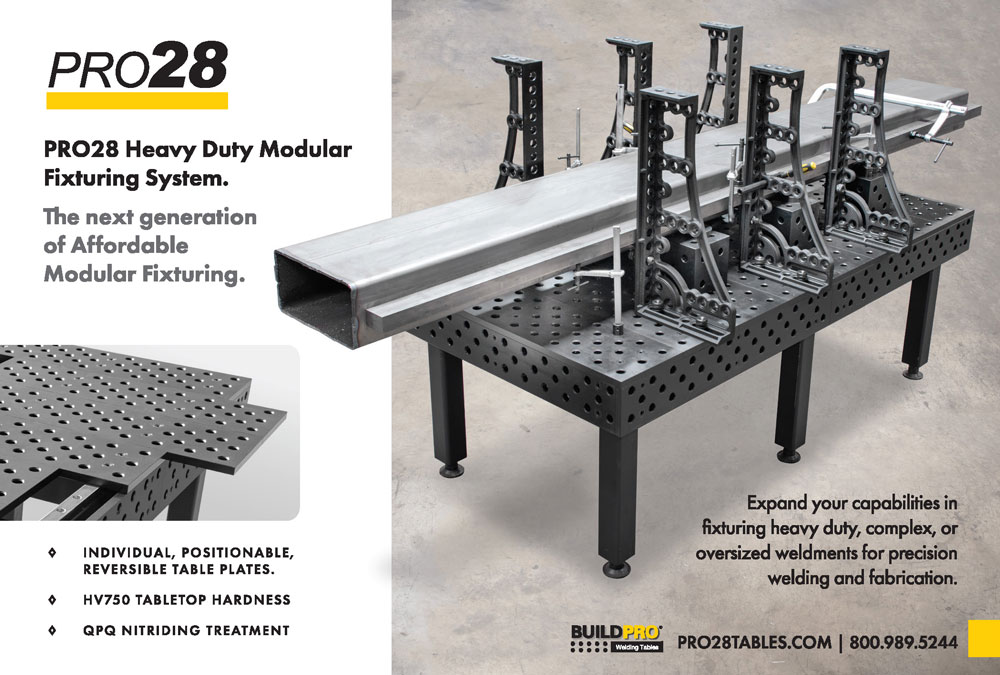
Smart technologies allow for added transparency, higher availability and increased performance reliability of the equipment on the shop floor. Innovative hardware solutions like automation and storage work [racking systems] enable an autonomous factory with maximized output, fewer operators on the floor and a safer workspace.
With newly advanced simulation technologies, it is possible to lay out a factory in a more efficient way and offer a more comprehensive factory solution instead of optimizing only one single process in the shop.
Those discussions then enable the experts to begin creating a step-by-step plan specific to a customer’s vision. Keep in mind that it’s possible to implement a smart factory—even if you are just beginning with small steps. For example, adding a solution to monitor the uptime of a machine or adding a small storage system to handle material on the shop floor are good starts. Manufacturers can also implement a smart factory where hardware, software and service solutions are connected in an ideal setup for Autonomous Manufacturing.
The software aspect is becoming more important because it enables system transparency and improves the overall equipment effectiveness (OEE).
A powerful programming system is necessary to operate a smart factory in an efficient and user-friendly way. For example, to program a complex robotic bending cell, a programming system should generate the NC code with the click of a button. With sophisticated algorithms and machine learning technologies, the system can do that job within seconds—while achieving a perfect result.
The next level is the implementation of a Manufacturing Execution System (MES) that controls and optimizes the entire factory and is directly linked to the programming system. The MES allows managers to access various ways to control material flow, including how parts travel between different workstations. By linking this with a tracking system, manufacturers never lose the position of a part or production order on the shop floor. Parts are clearly located in real time and alert users to which stage an order is in.
As technologies continue to advance, software often handles the technology’s complexity all while allowing the smart factory to operate, enabling even a novice user to carry out tasks.

